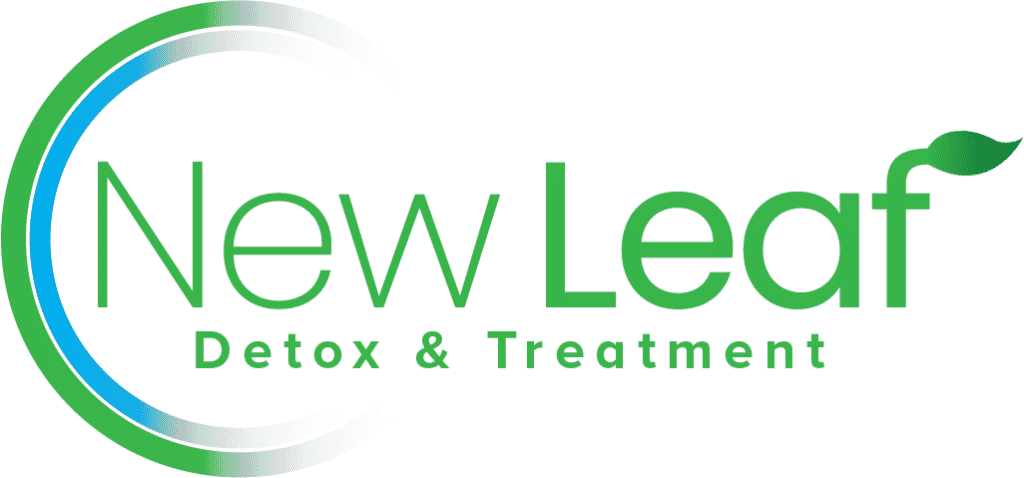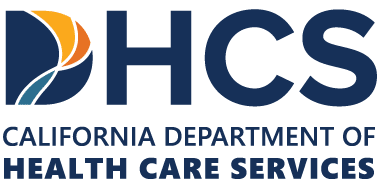Are you looking for a rehab facility in California?
If so, you may be wondering what kind of rules and regulations govern the addiction treatment industry in the Golden State. In this blog post, we will give you an overview of some of the key laws and standards that apply to different types of rehabs in California, and what they mean for you as a potential client.
First of all, you should know that the California Department of Health Care Services (DHCS) is the agency that oversees substance use disorder (SUD) treatment services in the state. The DHCS has a SUD Compliance Division that is responsible for licensing, certifying, and monitoring rehabs, DUI programs, outpatient providers, and residential providers. The DHCS also responds to complaints against these programs and ensures that they comply with criminal justice treatment requirements and counselor certification.
ASAM Criteria for rehabs in California
One of the most important laws that affects rehabs in California is SB 823, which was signed by Governor Jerry Brown in 2018. This law requires licensed rehabs to adopt the American Society of Addiction Medicine’s (ASAM) treatment criteria as the minimum standard of care. The ASAM criteria are evidence-based guidelines that help clinicians determine the appropriate level and type of care for each individual client, based on their severity of addiction, co-occurring conditions, readiness to change, and recovery environment. By following the ASAM criteria, rehabs can provide more personalized and effective treatment plans that match the needs and goals of each client.
Patient Brokering law for rehabs in California
Another law that was signed by Governor Brown in 2018 is SB 1228, which prohibits patient-brokering. Patient-brokering is a practice where rehabs pay patients to come to their facility and stay there for the purpose of billing their insurer. This practice is unethical and harmful, as it exploits vulnerable people who need help, and exposes them to substandard or unnecessary care. SB 1228 makes it illegal for licensed rehabs and addiction professionals to offer or accept any form of compensation or inducement for referring or admitting clients to a treatment program.
In addition to these laws, there are also specific rules and regulations that apply to different types of rehab in California. For example, residential treatment facilities that provide nonmedical services are not required to be licensed by the DHCS, unless they offer detoxification, therapy, education, or recovery planning services. However, residential facilities that serve six or fewer residents are protected by state law and considered equivalent to single-family homes. Larger residential facilities may face zoning restrictions or permitting requirements depending on their location.
As you can see, there are many factors to consider when choosing a rehab facility in California. You should always do your research and ask questions before enrolling in any program. You should also look for rehabs that are licensed and certified by the DHCS, follow the ASAM criteria, and do not engage in patient-brokering. By doing so, you can ensure that you receive quality care that meets your needs and respects your rights.
New Leaf Detox & Treatment is a Licensed and Accredited rehab facility in California


